Affiliate Partner Resources
Choose from our exclusive creative content below to deliver the most relevant message to your audience.
Affiliate Agreement
Display Ads
Do you have an amazing website, blog, or social? Plug in one of our display ads to start generating leads in minutes.
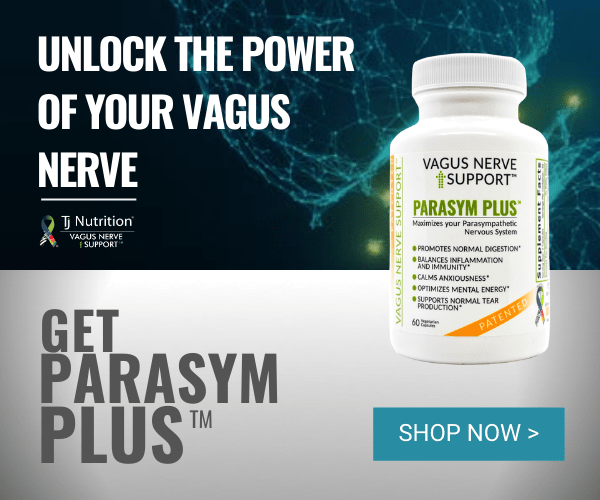
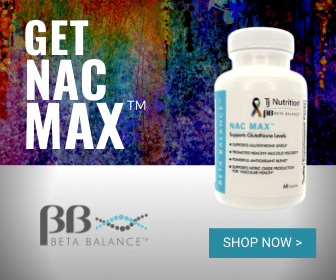
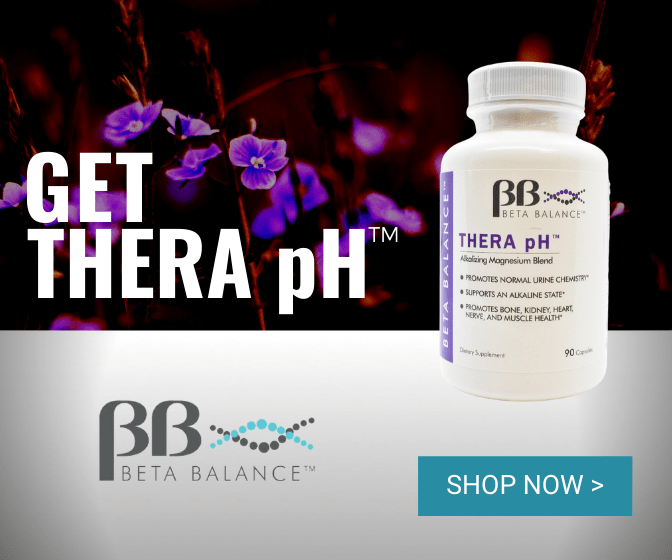
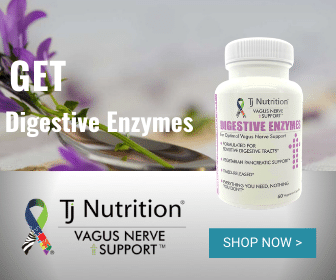

Facebook Ads
Your Facebook, your choice. Choose from our Facebook ads that can help you start converting your followers into easy customers today.


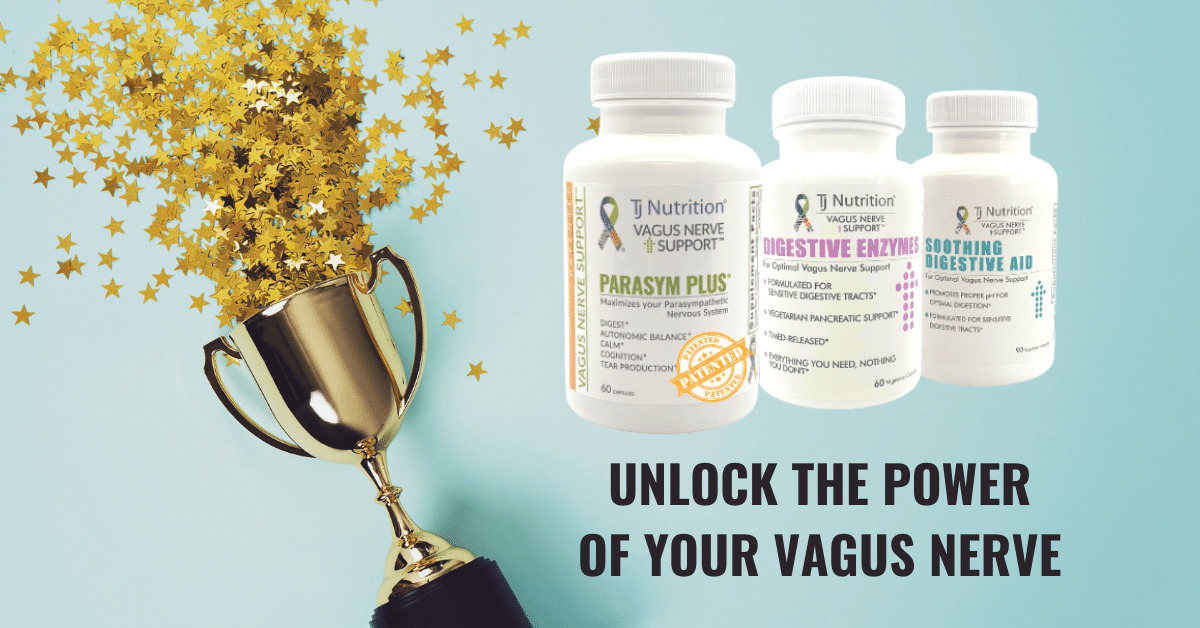
Written Content
There are years of science and research behind us, so hang in there. If you’re not sure how to introduce TJ Nutrition® to your email list, here are a few talking points to get you started.
TJ Nutrition® Images

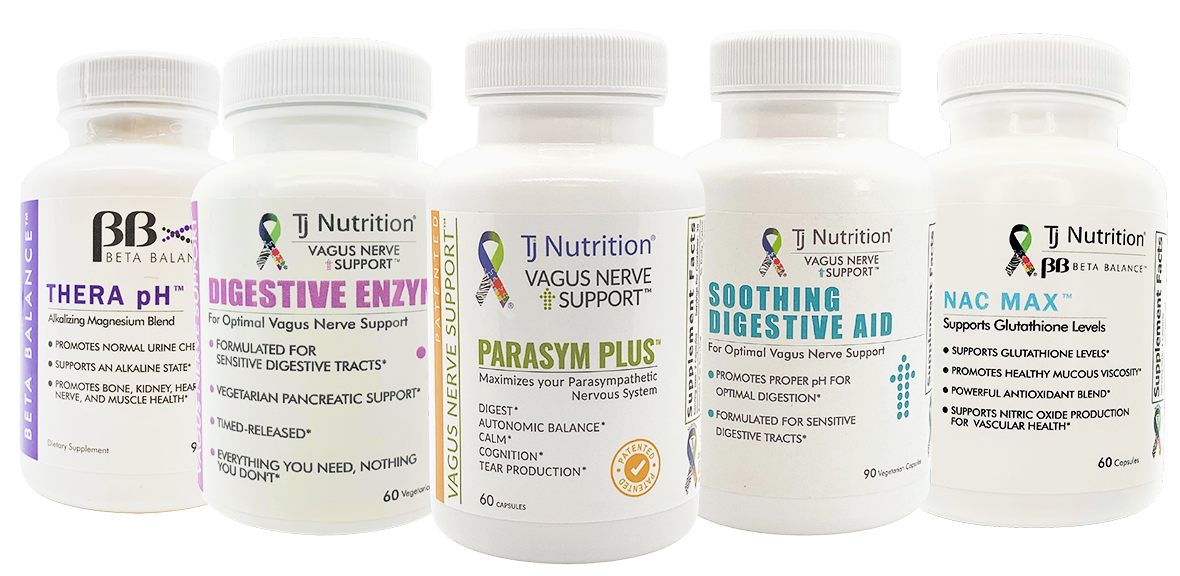
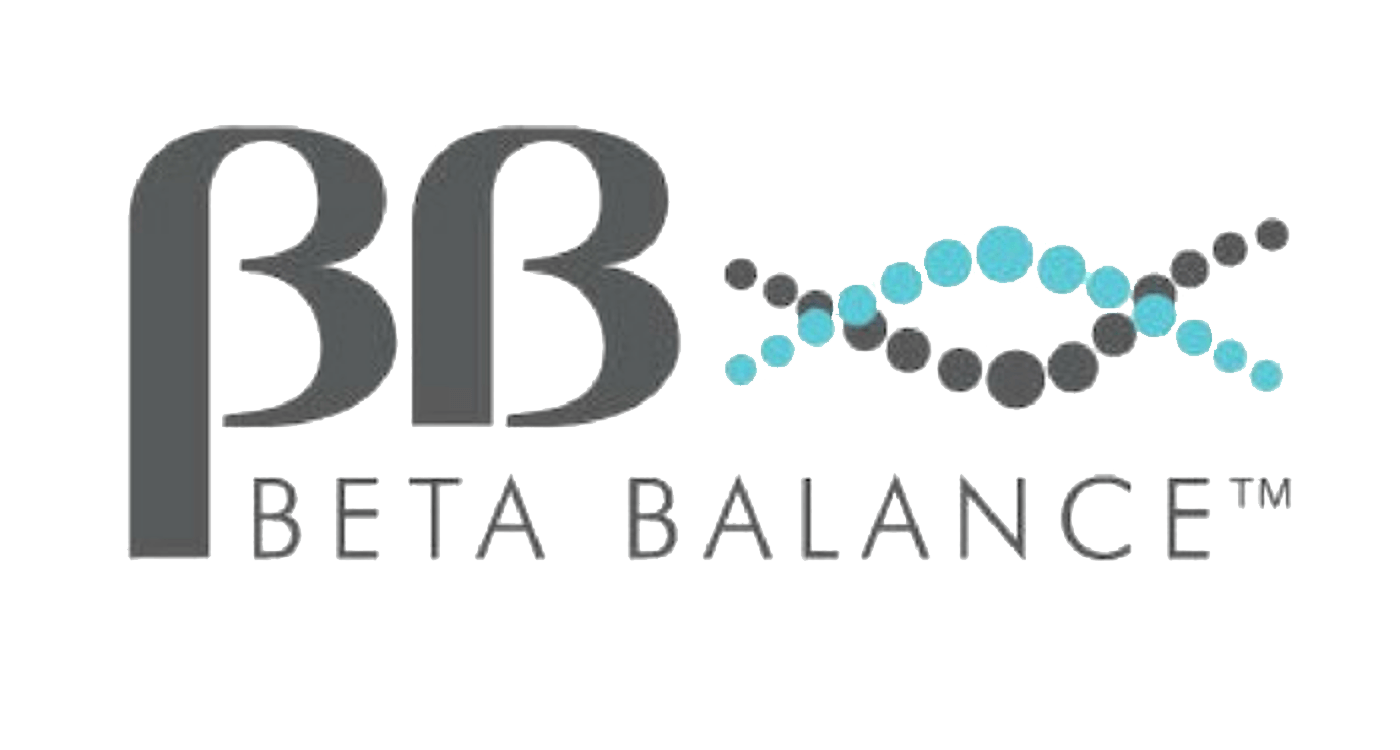

Brand Guidelines
As an affiliate partner, how do you know what you can or cannot say about these products? We’ll give you some advice here!
FAQ
Affiliate Support
If you would like to speak directly with our affiliate support team to resolve any other issues, let’s talk.
ALL References
Parasym Plus™ References:
Acetyl-L-carnitine as a precursor of acetylcholine. PMID: 2215852
A distinct vagal anti-inflammatory pathway modulates intestinal
Potential therapeutic targets of huperzine A for Alzheimer’s disease and vascular dementia. PMID: 18565502
Non-cholinergic effects of huperzine A: beyond inhibition of acetylcholinesterase. PMID: 17657601
Neuroprotective effects of huperzine A: new therapeutic targets for neurodegenerative disease. PMID: 17056129
Progress in studies of huperzine A, a natural cholinesterase inhibitor from Chinese herbal medicine PMID: 16364207
The vagus nerve and nicotinic receptors modulate experimental pancreatitis severity in mice. PMID: 16697744
The vagus nerve and the inflammatory reflex: wandering on a new treatment paradigm for systemic inflammation and sepsis. PMID: 22913335
The clinical importance of the anti-inflammatory
Effect of huperzine A, a new cholinesterase inhibitor, on the central cholinergic system of the rat. PMID : 2585551
Second generation cholinesterase inhibitors: effect of (L)-huperzine-A on cortical biogenic amines. PMID: 7500384
Effect of a new cognition enhancer, alpha-
Carnitine
Digestive Enzymes References:
Pathophysiology of
Long-term lansoprazole control of gastric acid and pepsin secretion in ZE and non-ZE
The role of pepsin in acid injury to
Role of FODMAPs in patients with irritable bowel syndrome: A review (Mansueta et al 2015)
Inulin-type prebiotics – a review (Kelly G 2008)
Pancreatic enzyme replacement therapy in chronic pancreatitis (Sikkens et al 2010)
Pancreatic enzyme replacement therapy: exocrine pancreatic insufficiency after gastrointestinal surgery (Domingues-Munoz JE 2009)
Compounds active against cell walls of medically important fungi (Hector RF 1993)
Composition, properties and health benefits of indigestible carbohydrate polymers as dietary fiber: a review (Mudgil D 2013)
The role of enzyme supplementation in digestive disorders (Roxas M 2008)
Candida albicans and Enterocococcusfaecalis in the gut: synergy in commensalism? (Garsin DA et al 2013)
Beta-Glucan of Candida albicans cell wall causes the subversion of human monocyte differentiation into dendritic cells (Nisini R et al 2007)
The cell wall: a carbohydrate armor for the fungal cell (Latge JP 2007)
Antifungal activity of black tea polyphenols (catechins and theaflavins) against Candida species (Sitheeque MA et al 2009)
Soothing Digestive Aid References:
Haniadka R et al. A review of the gastroprotective effects of ginger (Zingiber officinale Roscoe). Food Funct. 2013 Jun;4(6):845-55.
Gorbach S. Microbiology of the Gastrointestinal Tract. Ch. 95
Wu KL, et al. Effects of ginger on gastric emptying and motility in healthy humans. Eur J Gastroenterol Hepatol. 2008 May;20(5):436-40.
Gastrointestinal motility enhancing
Gupta YK, Sharma M. Reversal of pyrogallol-induced delay in gastric emptying in rats by ginger (Zingiber officinale). Methods Find Exp Clin Pharmacol. 2001 Nov;23(9):501-3.
Yamahara J. Gastrointestinal motility enhancing effect of ginger and its constituents. Chem Pharm Bull. 1990 Feb;38(2):430-1
Johnston CS,
Wang Z, Hasegawa J, Wang X, et al. Protective Effects of Ginger against Aspirin-Induced Gastric Ulcers in Rats. Yonago Acta
LEE, H., SEO, E., KANG, N. and KIM, W. (2008). [6]-Gingerol inhibits metastasis of MDA-MB-231 human breast cancer cells. The Journal of Nutritional Biochemistry, 19(5), pp.313-319.
KONDO, T., KISHI, M., FUSHIMI, T., UGAJIN, S. and KAGA, T. (2009). Vinegar Intake Reduces Body Weight, Body Fat Mass, and Serum Triglyceride Levels in Obese Japanese Subjects. Bioscience, Biotechnology, and Biochemistry, 73(8), pp.1837-1843.
Pohl, D., Fox, M., Fried, M., Göke, B., Prinz, C., Mönnikes, H., Rogler, G., Dauer, M., Keller, J., Lippl, F., Schiefke, I., Seidler, U. and Allescher, H. (2008). Do We Need Gastric Acid?. Digestion, 77(3-4), pp.184-197.
Haniadka, R., Saldanha, E., Sunita, V., Palatty, P., Fayad, R. and Baliga, M. (2013). A review of the gastroprotective effects of ginger (Zingiber officinale Roscoe). Food & Function, 4(6), p.845.
Chen, B., Wu, P., Chen, K., Fu, T., Wang, H. and Chen, C. (2009). Antiallergic Potential on RBL-2H3 Cells of Some Phenolic Constituents of Zingiber officinale(Ginger). Journal of Natural Products, 72(5), pp.950-953.
Mashhadi NS, Ghiasvand R, Askari G, Hariri M, Darvishi L, Mofid MR. Anti-Oxidative and Anti-Inflammatory Effects of Ginger in Health and Physical Activity: Review of Current Evidence. International Journal of Preventive Medicine. 2013;4(Suppl 1)
Shukla, Y. and Singh, M. (2007). Cancer preventive properties of ginger: A brief review. Food and Chemical Toxicology, 45(5), pp.683-690.
Dugasani, S., Pichika, M., Nadarajah, V., Balijepalli, M., Tandra, S. and Korlakunta, J. (2010). Comparative antioxidant and anti-inflammatory effects of [6]-gingerol, [8]-gingerol, [10]-gingerol and [6]-shogaol. Journal of Ethnopharmacology, 127(2), pp.515-520.
Tjendraputra, E., Tran, V., Liu-Brennan, D., Roufogalis, B. and Duke, C. (2001). Effect of Ginger Constituents and Synthetic Analogues on Cyclooxygenase-2 Enzyme in Intact Cells. Bioorganic Chemistry, 29(3), pp.156-163.
Wu, K., Rayner, C., Chuah, S., Changchien, C., Lu, S., Chiu, Y., Chiu, K. and Lee, C. (2008). Effects of ginger on gastric emptying and motility in healthy humans. European Journal of Gastroenterology & Hepatology, 20(5), pp.436-440.
Johnston, C., Steplewska, I., Long, C., Harris, L. and Ryals, R. (2010). Examination of the Antiglycemic Properties of Vinegar in Healthy Adults. Annals of Nutrition and Metabolism, 56(1), pp.74-79.
YAMAHARA, J.,
Nicoll, R. and Henein, M. (2009). Ginger (Zingiber officinale Roscoe): A hot remedy for cardiovascular disease?. International Journal of Cardiology, 131(3), pp.408-409.
Heimes, K., Feistel, B. and Verspohl, E. (2009). Impact of the 5-HT3 receptor channel system for insulin secretion and interaction of ginger extracts. European Journal of Pharmacology, 624(1-3), pp.58-65.
Aggarwal, B. and Shishodia, S. (2006). Molecular targets of dietary agents for prevention and therapy of cancer. Biochemical Pharmacology, 71(10), pp.1397-1421.
Yk, G. and M, S. (2017). Reversal of pyrogallol-induced delay in gastric emptying in rats by ginger (Zingiber officinale). – PubMed – NCBI. [online] Ncbi.nlm.nih.gov. Available at: https://www.ncbi.nlm.nih.gov/pubmed/11876024 [Accessed 21 Nov. 2017].
Beasley, D., Koltz, A., Lambert, J., Fierer, N.
Lu, Y. and Owyang, C. (2017). Duodenal acid-induced gastric relaxation is mediated by multiple pathways. [online] Gastrointestinal and Liver Physiology. Available at: https://ajpgi.physiology.org/content/276/6/G1501 [Accessed 21 Nov. 2017].
Thera pH™ References:
Barcelo, P, et al. “Randomized Double-Blind Study of Potassium Citrate in Idiopathic Hypocitraturic Calcium Nephrolithiasis.” Current Neurology and Neuroscience Reports., U.S. National Library of Medicine, Dec. 1993, www.ncbi.nlm.nih.gov/pubmed/8230497.
Curhan, G C, et al. “A Prospective Study of the Intake of Vitamins C and B6, and the Risk of Kidney Stones in Men.” Current Neurology and Neuroscience Reports., U.S. National Library of Medicine, June 1996, www.ncbi.nlm.nih.gov/pubmed/8618271.
Curhan, G C, et al. “Intake of Vitamins B6 and C and the Risk of Kidney Stones in Women.” Current Neurology and Neuroscience Reports., U.S. National Library of Medicine, Apr. 1999, www.ncbi.nlm.nih.gov/pubmed/10203369.
Eisner, B H, et al. “High Dietary Magnesium Intake Decreases Hyperoxaluria in Patients with Nephrolithiasis.” Current Neurology and Neuroscience Reports., U.S. National Library of Medicine, Oct. 2012, www.ncbi.nlm.nih.gov/pubmed/22921695.
Ettinger, B, et al. “Potassium-Magnesium Citrate Is an Effective Prophylaxis against Recurrent Calcium Oxalate Nephrolithiasis.” Current Neurology and Neuroscience Reports., U.S. National Library of Medicine, Dec. 1997, www.ncbi.nlm.nih.gov/pubmed/9366314.
Kato, Y, et al. “Changes in Urinary Parameters after Oral Administration of Potassium-Sodium Citrate and Magnesium Oxide to Prevent Urolithiasis.” Current Neurology and Neuroscience Reports., U.S. National Library of Medicine, Jan. 2004, www.ncbi.nlm.nih.gov/pubmed/14751336.
Lindberg, J, et al. “Effect of Magnesium Citrate and Magnesium Oxide on the Crystallization of Calcium Salts in Urine: Changes Produced by Food-Magnesium Interaction.” Current Neurology and Neuroscience Reports., U.S. National Library of Medicine, Feb. 1990, www.ncbi.nlm.nih.gov/pubmed/2299712.
Massey, L. “Magnesium Therapy for Nephrolithiasis.” Current Neurology and Neuroscience Reports., U.S. National Library of Medicine, June 2005, www.ncbi.nlm.nih.gov/pubmed/16100850.
Ortiz-Alvarado, O, et al. “Pyridoxine and Dietary Counseling for the Management of Idiopathic Hyperoxaluria in Stone-Forming Patients.” Current Neurology and Neuroscience Reports., U.S. National Library of Medicine, May 2011, www.ncbi.nlm.nih.gov/pubmed/21334732.
Pak, C Y, et al. “Physicochemical Action of Potassium-Magnesium Citrate in Nephrolithiasis.” Current Neurology and Neuroscience Reports., U.S. National Library of Medicine, Mar. 1992, www.ncbi.nlm.nih.gov/pubmed/1585829.
Rao, T. V. R. K., and V. K. Choudhary. Current Neurology and Neuroscience Reports., U.S. National Library of Medicine, July 2005, www.ncbi.nlm.nih.gov/pmc/articles/PMC3453845/.
Rattan, V, et al. “Effect of Combined Supplementation of Magnesium Oxide and Pyridoxine in Calcium-Oxalate Stone Formers.” Current Neurology and Neuroscience Reports., U.S. National Library of Medicine, www.ncbi.nlm.nih.gov/pubmed/7992461.
Reddy, S.V. Krishna, et al. Current Neurology and Neuroscience Reports., U.S. National Library of Medicine, June 2014, www.ncbi.nlm.nih.gov/pmc/articles/PMC4064051/.
Robinson, M R, et al. “Impact of Long-Term Potassium Citrate Therapy on Urinary Profiles and Recurrent Stone Formation.” Current Neurology and Neuroscience Reports., U.S. National Library of Medicine, Mar. 2009, www.ncbi.nlm.nih.gov/pubmed/19152932.
Sakhaee, K, et al. “Contrasting Effects of Various Potassium Salts on Renal Citrate Excretion.” Current Neurology and Neuroscience Reports., U.S. National Library of Medicine, Feb. 1991, www.ncbi.nlm.nih.gov/pubmed/1899422.
Zimmermann, D J, et al. “Importance of Magnesium in Absorption and Excretion of Oxalate.” Current Neurology and Neuroscience Reports., U.S. National Library of Medicine, www.ncbi.nlm.nih.gov/pubmed/15812215.
NAC MAX™ References:
“Acetylcysteine (By Breathing) – National Library of Medicine – PubMed Health.” Current Neurology and Neuroscience Reports., U.S. National Library of Medicine, www.ncbi.nlm.nih.gov/pubmedhealth/PMHT0008809/.
Bueche, Celine Zoe, et al. Current Neurology and Neuroscience Reports., U.S. National Library of Medicine, 2013, www.ncbi.nlm.nih.gov/pmc/articles/PMC3661381/.
Deepmala, et al. “Clinical Trials of N-Acetylcysteine in Psychiatry and Neurology: A Systematic Review.” Current Neurology and Neuroscience Reports., U.S. National Library of Medicine, Aug. 2015, www.ncbi.nlm.nih.gov/pubmed/25957927.
Eakin, Katharine, et al. “Efficacy of N-Acetyl Cysteine in Traumatic Brain Injury.” PLOS ONE, Public Library of Science, journals.plos.org/plosone/article?id=10.1371/journal.pone.0090617.
Grinberg, L, et al. “N-Acetylcysteine Amide, a Novel Cell-Permeating Thiol, Restores Cellular Glutathione and Protects Human Red Blood Cells from Oxidative Stress.” Current Neurology and Neuroscience Reports., U.S. National Library of Medicine, 1 Jan. 2005, www.ncbi.nlm.nih.gov/pubmed/15589382.
Hara, Y, et al. “Evaluation of the Neuroprotective Potential of N-Acetylcysteine for Prevention and Treatment of Cognitive Aging and Dementia.” Current Neurology and Neuroscience Reports., U.S. National Library of Medicine, www.ncbi.nlm.nih.gov/pubmed/29182711.
Mokhtari, Vida, et al. Current Neurology and Neuroscience Reports., U.S. National Library of Medicine, 2017, www.ncbi.nlm.nih.gov/pmc/articles/PMC5241507/.
Monti, Daniel A., et al. “N-Acetyl Cysteine May Support Dopamine Neurons in Parkinson’s Disease: Preliminary Clinical and Cell Line Data.” PLOS ONE, Public Library of Science, journals.plos.org/plosone/article?id=10.1371/journal.pone.0157602.
Oliver, G, et al. “N-Acetyl Cysteine in the Treatment of
Shahripour, Reza Bavarsad, et al. Current Neurology and Neuroscience Reports., U.S. National Library of Medicine, Mar. 2014, www.ncbi.nlm.nih.gov/pmc/articles/PMC3967529/.
What our Customers are Saying About Us

Commitment to Quality
At TJ Nutrition®, We Have An Unwavering Commitment To Quality
We always go beyond the FDA’s required product testing to ensure you receive the highest quality supplement possible. Our manufacturing facilities are third party certified by industry watchdog organizations such as NSF and NPA, which means they have been strictly audited for compliance with Good Manufacturing Practices (GMP’s).
Money Back Guarantee
TJ Nutrition’s® goal is 100% customer satisfaction – which is why we offer a 60-day money-back guarantee. If within 60 days you decide any of our products are not for you, we will gladly refund your money.


